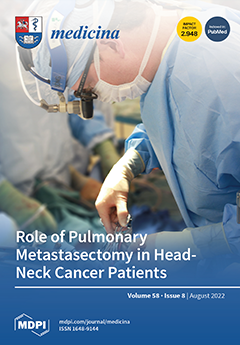Background and Objectives: In addition to left ventricular (LV) functions, right ventricular (RV) functions and pulmonary arterial stiffness (PAS) may be adversely affected in patients with heart failure with reduced ejection fraction (HFrEF). Sodium-glucose co-transporter-2 (SGLT2) inhibitor therapy positively affects LV functions as well as having functional and symptomatic benefits in HFrEF patients. In this study, we aimed to evaluate the effects of SGLT2 inhibitor treatment on RV function and PAS in HFrEF patients.
Materials andMethods: 168 HFrEF patients with New York Heart Association (NYHA) class ≥2 symptoms despite optimal medical treatment and who were started on SGLT2 inhibitor therapy were included in this retrospective study. NYHA classification, N-terminal pro-B-type natriuretic peptide (NT-proBNP) levels, Minnesota Living with Heart Failure Questionnaire (MLWHFQ) scores, laboratory tests, and transthoracic echocardiography (TTE) measurements were recorded before treatment and at the end of the 6-month follow-up.
Results: The mean age of the patients was 62.7 ± 11.4 years, and 38 (22.6%) were women. RV function (RV fractional area change (FAC) (33.8 ± 6.4% vs. 39.2 ± 7.3%,
p < 0.001); tricuspid annular plane systolic excursion (TAPSE) (18.4 ± 3.8 mm vs. 19.6 ± 3.6 mm,
p < 0.001); RV S’ (10 (8 − 13) cm/s vs. 13 (10 − 16) cm/s,
p < 0.001); RV myocardial performance index (RV MPI) (0.68 ± 0.12 vs. 0.59 ± 0.11,
p < 0.001); mean pulmonary artery pressure (mPAP) (39.6 ± 7.8 mmHg vs. 32 ± 6.8 mmHg,
p = 0.003)) and PAS (24.2 ± 4.6 kHz/ms vs. 18.6 ± 3.1 kHz/ms,
p < 0.001) values at the 6-month follow-up after SGLT2 inhibitor therapy significantly improved. It was found that SGLT2 inhibitor treatment provided significant improvement in NYHA classification, MLWHFQ scores, and NT-proBNP levels (2876 ± 401 vs. 1034 ± 361,
p < 0.001), and these functional and symptomatic positive changes in HFrEF patients were significantly correlated with positive changes in LVEF, PAS, and RV functional status.
Conclusions: SGLT2 inhibitor treatment results in symptomatic and functional well-being in HFrEF patients, as well as positive changes in RV function and PAS.
Full article






